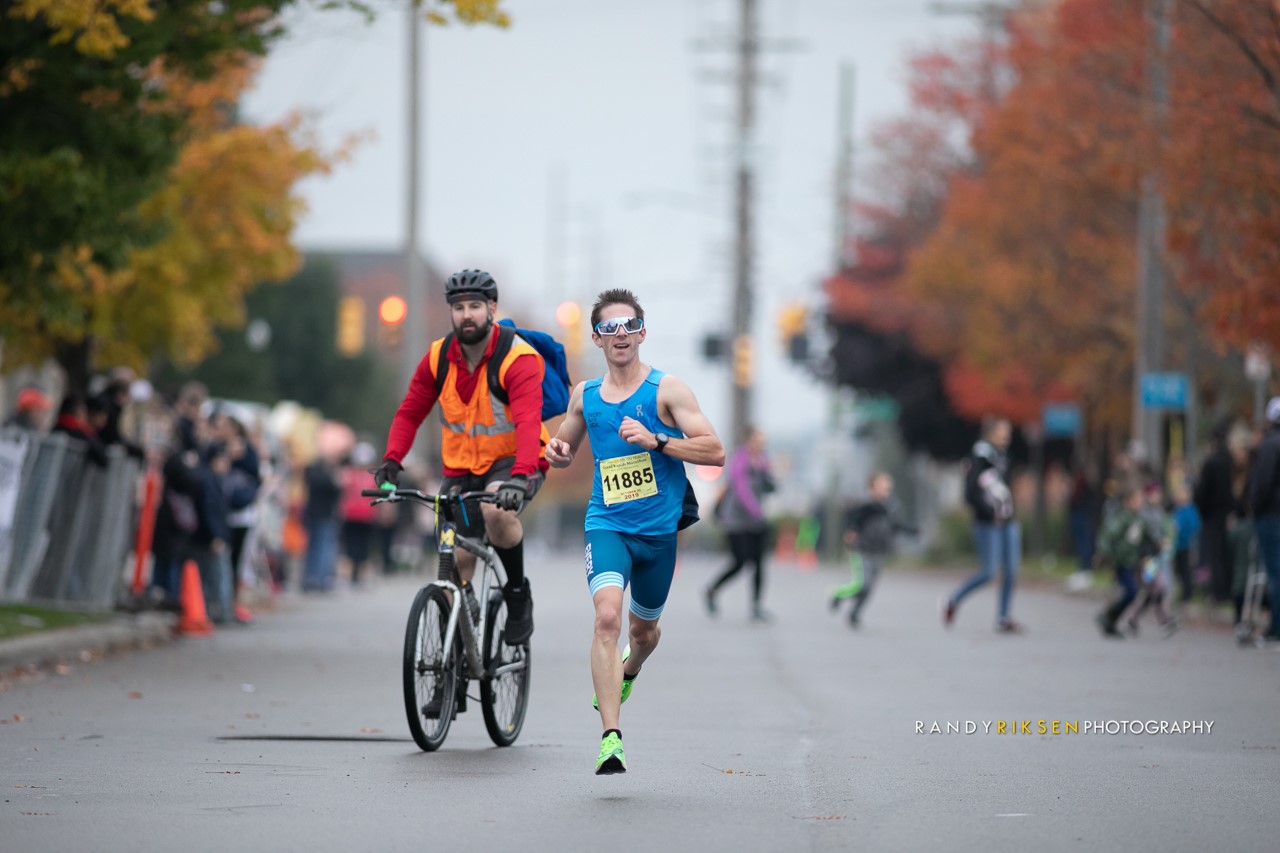
12 Jan 2021 New Year’s Resolutions and Goals
Todd Buckingham, Ph.D. | Lead Exercise Physiologist, Mary Free Bed Sports Rehabilitation

Working out more is always on the top of people’s New Year Resolutions, but what can you do to help follow through on those goals? I recently had the opportunity to talk to Stellafly’s own, Shelley Irwin on WGVU last week. Take a listen at the link and read on to see what you can do to help make your goals stick! https://www.wgvunews.org/post/dr-todd-buckingham
Tips to setting goals/resolutions:
Do what you like
There is a principal in exercise science called FITT. It stands for Frequency, Intensity, Time, and Type. These are the essential components of a workout program. But I would add another aspect in there. FFITT and the other F stands for FUN! If you don’t like running, why would you run? You’re not likely to stick to it and could end up giving up your resolution. Choose activities that you enjoy doing. Whether that’s running, lifting weights, or gardening. Anything that gets you moving and being active will have benefits on your body and mind.
Don’t let nerves get to you
It’s okay to be nervous and feel like you might fail. That’s actually a good thing! It shows that you care about what you’re trying to do. And if you think you might fail, that means the goal is ambitious and that’s a good thing. The purpose of resolutions is to get us out of our comfort zone and push us to be a better version of ourselves. It’s okay to feel some pressure and stress. Not just with your goals, but life in general. There are two types of stress: eustress and distress. Eustress is positive stress while distress is negative stress. We need some level of stress (like new goals) to motivate us to get going. Otherwise, we end up bored and our goal doesn’t keep our attention. However, if there is too much stress because our goal is unreachable, we can become disorganized, our goal doesn’t keep our attention, and we become burned out.
Keep a journal and set SMART goals
Writing down your goals is step #1 to achieving them. But writing down the goal of “Lose weight” won’t get you very far which is why you need to set SMART goals. Goals should be Specific, Measurable, Attainable, Relevant, and Time-oriented. Having these 5 qualities in a goal and writing them down increases the likelihood of achieving said goal by 42%. So instead of setting the goal to “Lose weight”, set a goal to “Lose 10 pounds by March 1st”. It’s Specific (you’re specifying how much weight you want to lose), it’s Measurable (you can buy a scale and weigh yourself weekly to see if you are progressing toward your goal), it’s Attainable (you’re not saying you want to lose 10 pounds in 3 days), it’s Relevant (losing weight will help you race faster and lower your risk of diseases like obesity and hypertension), and it’s Time-oriented (you’re specifying a certain length of time to achieve your goal).
Don’t expect overnight success
Exercise, fitness, and diet are lifestyle changes. They won’t have some magical effect that causes you to lose 20 pounds in a week. These changes are slow and gradual. Or at least they should be to have lasting effects. A healthy target weight loss is only 1 to 2 pounds per week. And the more weight you lose, the harder it will be to shed those extra pounds. So, as your weight loss journey progresses, you should target ½ pound per week. Losing more than 1-2 pounds per week becomes unsustainable and can lead to regaining the weight and usually ending up heavier than before.
And if you’re looking to become a better athlete, the physiological changes the body goes through are just as slow and arduous. In fact, most adaptations to exercise training take at least several weeks before they begin to show, and some can take as long as 2 years! And a lot of these changes can’t be seen. We can’t see the increase in mitochondria being produced in the muscle. We can’t see that our capillaries are becoming denser and proliferating to supply the muscles with oxygen. It’s hard to work toward these goals when we can’t see the changes, especially when they take so long to occur.
Stick with it
Don’t get discouraged and keep at it! Most people will say it takes 21 days for a habit to form but in reality, it can take anywhere from 18 days to almost a full year for a habit to form. A one-size-fits-all system doesn’t work because it depends on the habit. It’s a lot easier to adopt drinking a glass of water in the morning than waking up an hour early to go run 5 miles. The thing that causes the habit to form is the emotion your brain connects to the behavior, especially at the beginning stages. You don’t have to suffer through something and if you just get through 21 or 60 days, you won’t magically form a habit.
Make small changes
One is that we don’t think we have time. But by making SMALL changes, it’s much easier to make a small change in your day. Set LOW expectations so you can help yourself feel successful and make progress. Make it as simple as possible. Once you get going, then you can do more if you want. Like running for 5 or 10 minutes. Once you get out the door for your 5-minute run, you will probably want to do more. It’s much easier to convince yourself to run for 5 minutes than it would be to make a change like running for 10 miles each day.
Grab a friend
How can you make running and exercise more fun? Get other people involved! Your friends, family, kids, or fellow Flys! Anyone will make it more enjoyable and increase your chances of sticking with your exercise plans because you’ll feel bad canceling on them 😉 And even if you can’t physically exercise together, now is a great time to FaceTime with a friend to do a workout! Having someone who gives you the emotional support to keep exercising has been shown to be just as effective.
